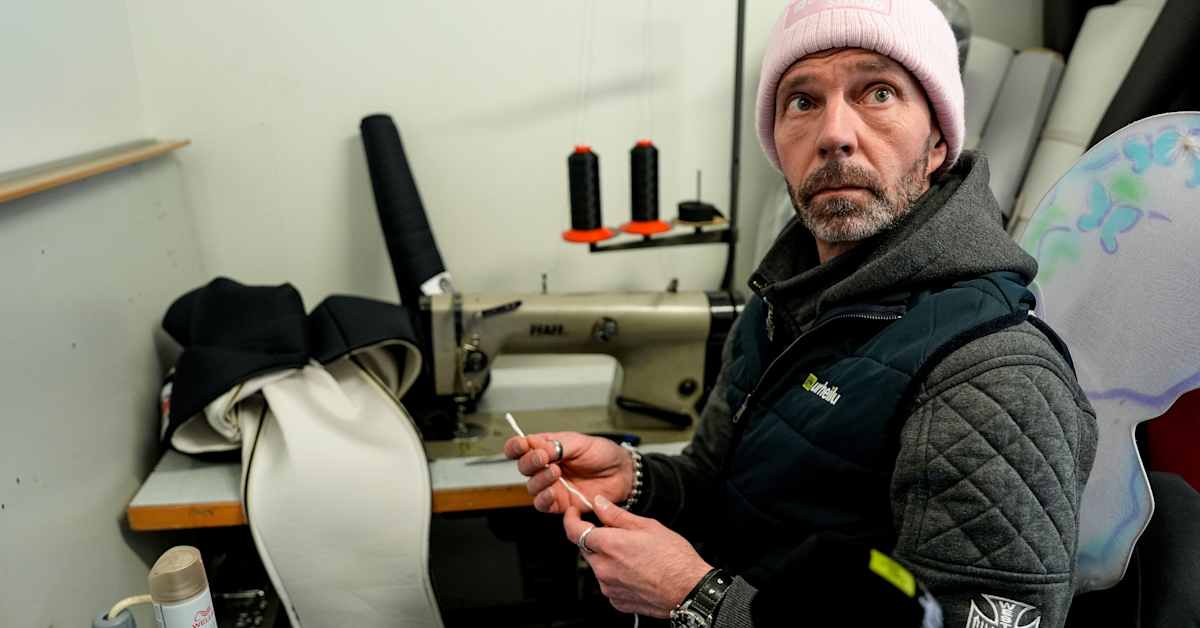
Janne Ahonen slams lenient sanctions in Norway’s Trondheim ski jumping suit scandal; sports lawyer calls Norwegian federation a master of maneuvering
Originally published in Yle on September 10, 2025
The Trondheim World Championships ended in early March under a cloud of controversy after host nation ski jumpers Marius Lindvik and Johann Andre Forfang were caught with illegal, manipulated jumping suits in the large hill individual event. Both athletes were disqualified; Lindvik’s disqualification cost him the large hill silver medal.
At the end of August, final sanctions were announced: Lindvik and Forfang accepted three‑month competition bans and fines of a little over €2,100 to the International Ski Federation (FIS). The outcome came via a settlement between the athletes and the Norwegian Ski Federation, facilitated by the FIS Ethics Committee, which approved the agreement. Because the bans began on 23 August, both jumpers will be eligible to compete when the World Cup starts in late November.
The pair already missed six World Cup events in the spring due to a provisional suspension imposed after the World Championships; that downtime will be deducted from the length of the final bans. Before the sanctions were finalized, the provisional suspensions were lifted, allowing Lindvik and Forfang to start at the Summer Grand Prix in France, where Lindvik placed 1st and 4th and Forfang 13th and 5th.
Sports lawyer Olli Rauste, who has served as an arbitrator at the Court of Arbitration for Sport (CAS), sees parallels with cross‑country skier Martin Johnsrud Sundby’s 2016 doping case, in which Sundby served a three‑month ban largely outside the main competition period. In Rauste’s view, the Norwegian Ski Federation is adept at maneuvering through disciplinary matters. He argues these decisions now effectively establish a punishment scale for suit manipulation in ski jumping—an area where FIS has had no explicit sanction framework—and will morally bind FIS in future cases, making it difficult to hand out longer bans than those agreed here. Rauste also says the sanctions reflect FIS’s reluctance to confront equipment manipulation: “The line remains very lenient.”
A key point separating this case from doping is intent. In doping, proven intent typically triggers a four‑year ban. In Trondheim, clandestine videos taken the night before the large hill competition showed suits being altered, with Norway’s head coach Magnus Brevig, assistant coach Thomas Lobben, and suit tailor Adrian Livelten present. FIS has sought 18‑month activity bans for that trio—six times longer than the athletes’ bans—even though, as with anti‑doping rules, athletes are held responsible for their equipment under FIS jumping regulations. Lindvik and Forfang argued in the FIS‑commissioned investigation that they were unaware of the manipulation, and the external consultancy said it found no evidence they knew.
Ski jumping legend Janne Ahonen rejects that conclusion outright, calling the athletes’ professed ignorance “as much nonsense as it can be.” A noted suit‑making expert himself, Ahonen says jumpers would “100%” know what is inside their suits. He questions why the athletes accepted the sanctions while shifting blame to coaches and the tailor: if someone had altered his suit and he’d been caught, he would not have let others take the punishment. Ahonen believes the three‑month bans are too light for what he describes as systematic, built‑in cheating—distinct from the frequent, often technical disqualifications seen in regular World Cup checks—and suggests the penalty should have been at least a season.
Ahonen warns the decision could lower the threshold for suit manipulation ahead of the February Winter Olympics. He notes Norway would not have been caught without the covert videos, implying current equipment controllers lack the capacity to uncover all such alterations. “Someone might try to gain from it at the Olympics: even if caught, the result could just be a rest during the last few races of the season,” he says.
Unlike in doping cases, no external body had the right to appeal this settlement to CAS. If this had been a doping matter, the World Anti‑Doping Agency (WADA) could have appealed. Here, only FIS and the athletes had CAS appeal rights. Rauste argues the case would not be over if sport had an international body focused on competition manipulation.
FIS Ski Jumping Committee chair Mika Kojonkoski did not respond to Yle’s interview request.
See Also
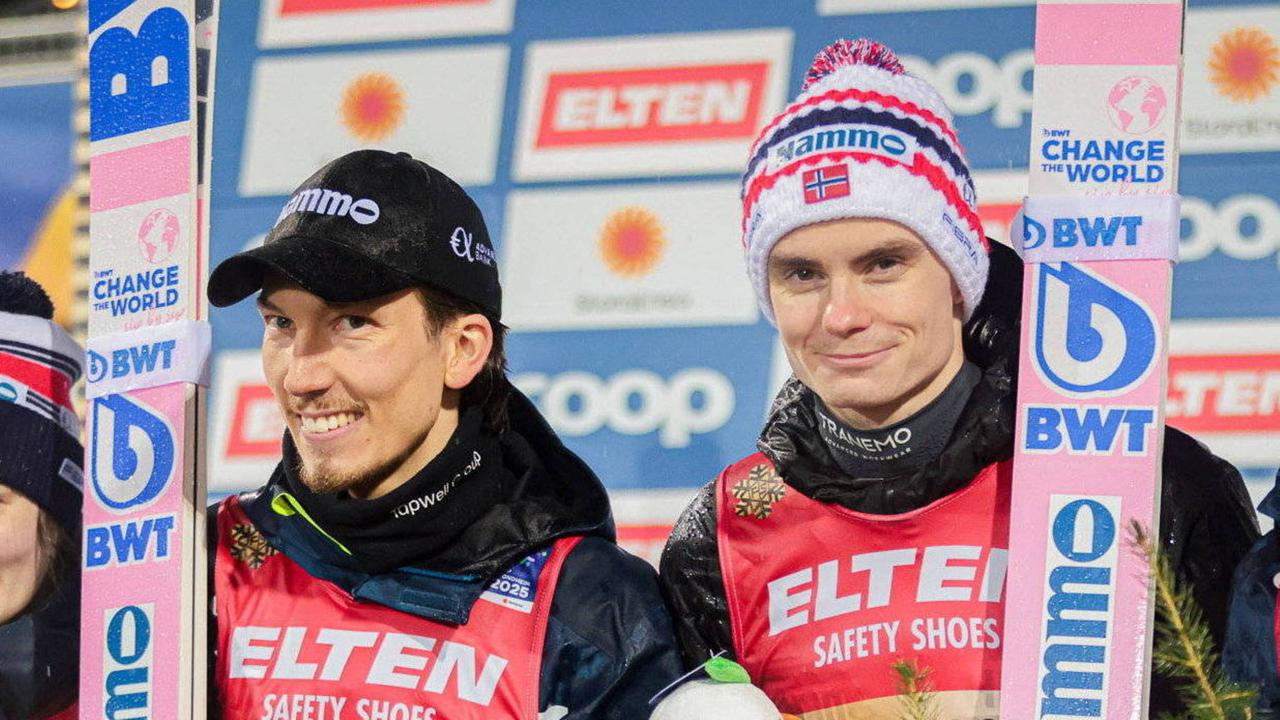
After suit scandal at Worlds: Norwegian ski jumpers Lindvik and Forfang handed three‑month bans
August 23, 2025 / Sportschau (ARD)

Non-compliant suit scandal: two Norwegian ski jumpers and three team officials charged by FIS
August 11, 2025 / L'Équipe
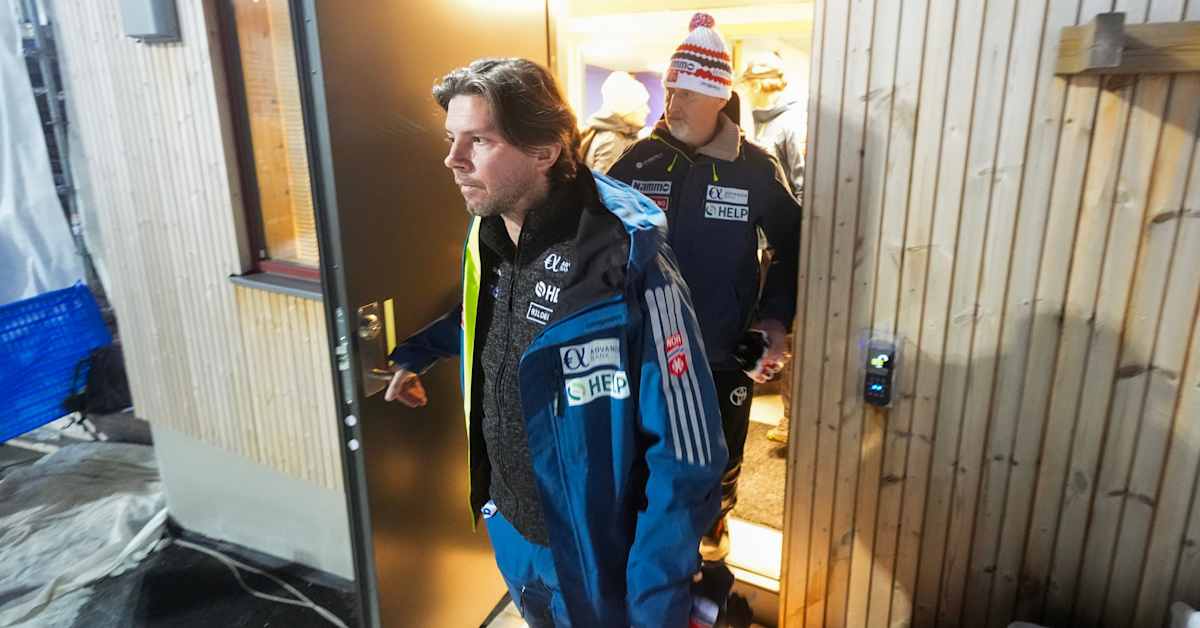

After illegal suit scandal, Norwegian Ski Federation parts ways with three officials
May 22, 2025 / L'Équipe
Janne Ahonen reacts to the current situation in ski jumping: It couldn't be clearer
March 19, 2025 / Przegląd Sportowy
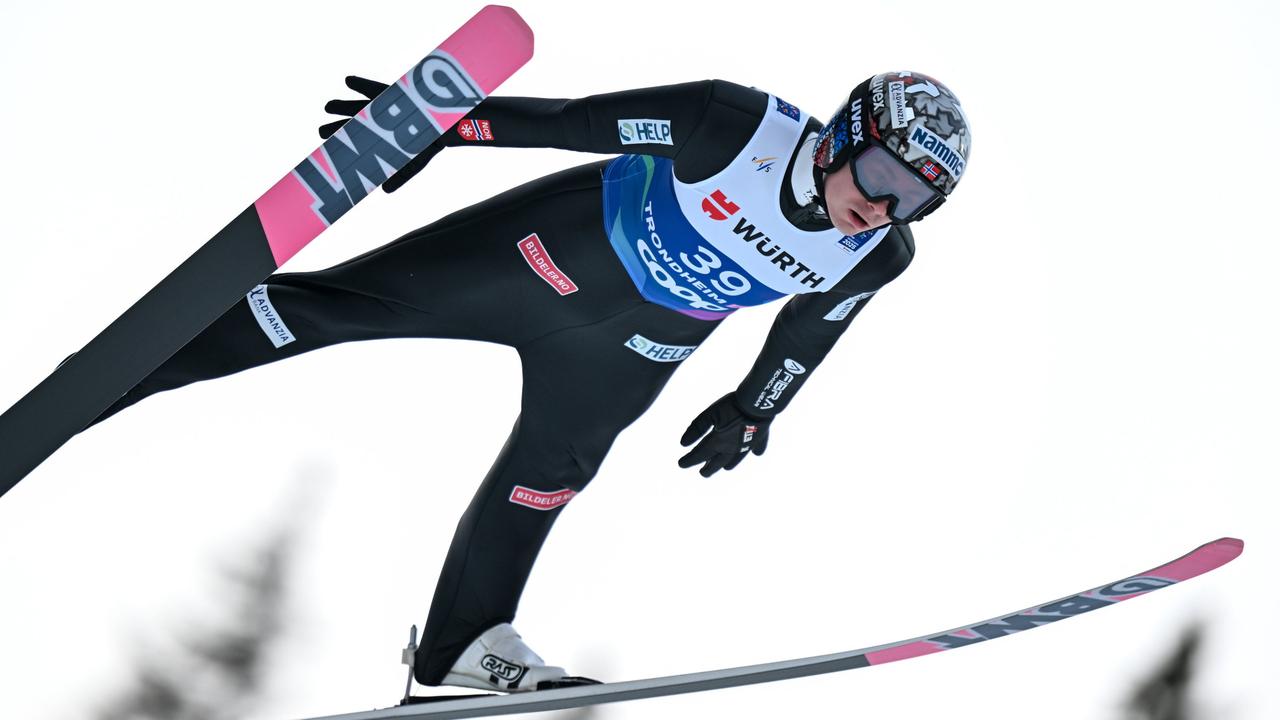
Ski jumping: FIS introduces yellow and red cards after suit-manipulation scandal
June 13, 2025 / Sportschau (ARD)
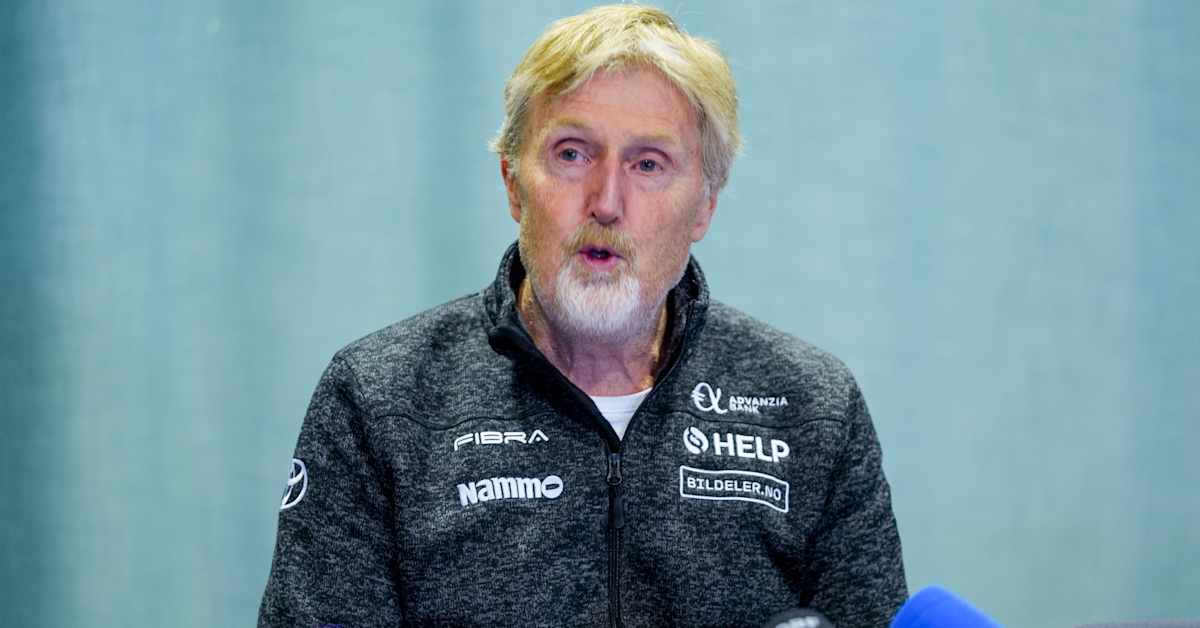

FIS Probes Norway After Suit Scandal
March 11, 2025 / Krone
Massive Scandal at Nordic Ski World Championships: Norway's Team Caught Cheating
March 09, 2025 / Sport1
Severe Allegations Against Ski Jumping Federation
April 11, 2025 / SPORT1